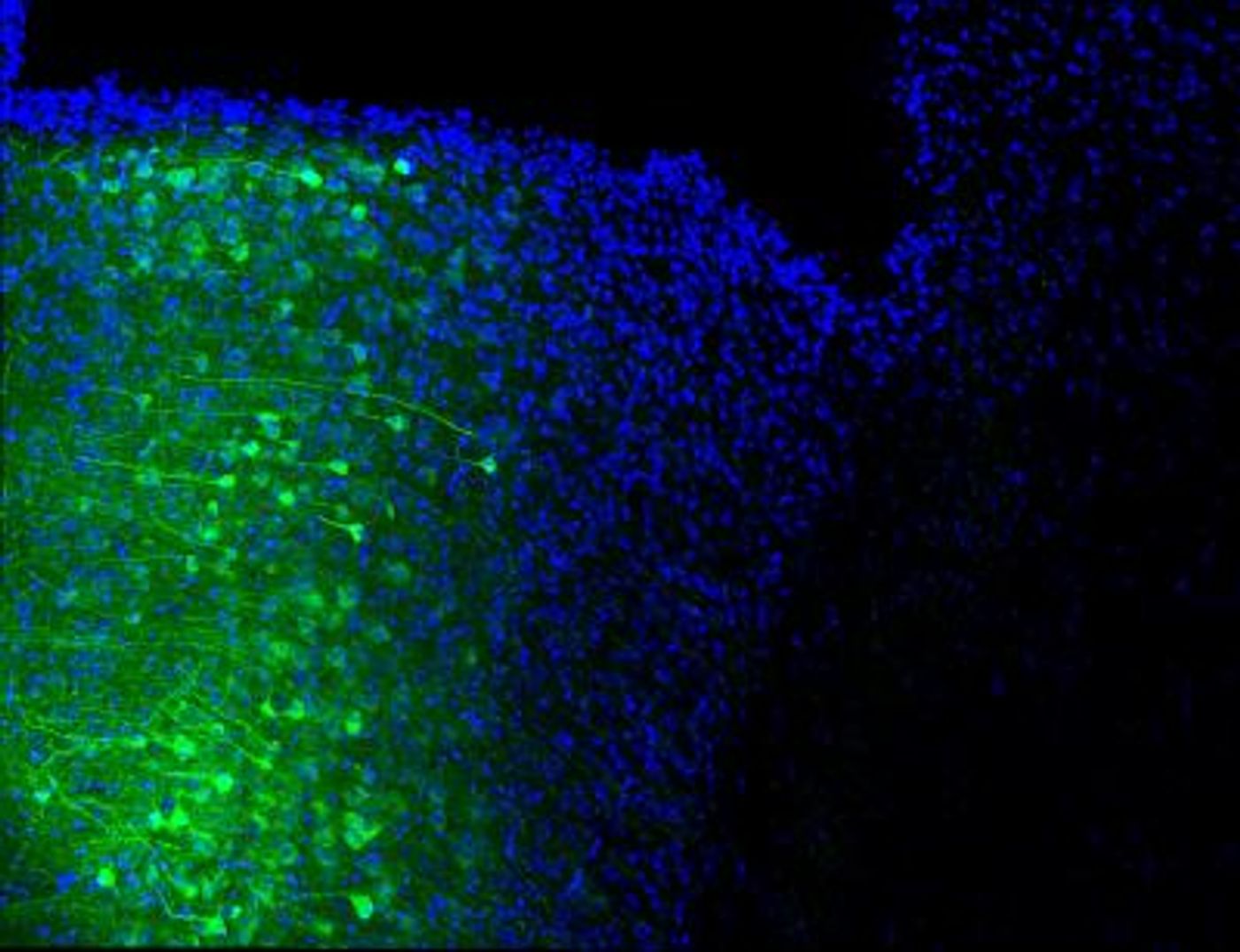Newly IDed Biomarker Can Predict Compulsive Drinking
Lots of people drink alcohol, but not everyone develops a drinking problem. Researchers are starting to learn more about why some people are more prone to developing alcohol use disorders. New work from scientists at the Salk Institute has identified a circuit in the brains of mice that controls alcohol consumption behaviors, which has the potential to serve as a biomarker that indicates the possibility of compulsive drinking. The research, which was reported in Science, can help provide insight into binge drinking and alcohol addiction in humans.
"I hope this will be a landmark study, as we've found (for the first time) a brain circuit that can accurately predict which mice will develop compulsive alcohol drinking weeks before the behavior starts," said Kay Tye, a professor in the Systems Neurobiology Laboratory and holder of the Wylie Vale Chair at Salk. "This research bridges the gap between circuit analysis and alcohol/addiction research, and provides a first glimpse at how representations of compulsive alcohol drinking develop across time in the brain."
Alcohol use disorder is considered to be a chronic brain disease by the National Institute on Alcohol Use and Addiction. It's characterized by compulsive drinking that often accompanies negative emotions. Instead of studying brains after such a disorder has occurred, Tye's research team looked for brain circuitry that is related to the predisposition of compulsive drinking.
"We initially sought to understand how the brain is altered by binge drinking to drive compulsive alcohol consumption," explained the first author of the study Cody Siciliano, an assistant professor in the Department of Pharmacology at Vanderbilt University. "In the process, we stumbled across a surprising finding where we were actually able to predict which animals would become compulsive based on neural activity during the very first time they drank."
In this work, the scientists developed a test for mice that assesses the interaction between alcohol consumption and experience. This binge-induced compulsion task (BICT) examined alcohol consumption with and without negative factors like a bitter taste. Three groups of mice emerged: low, high and compulsive drinkers. The compulsive drinking group was the only one that was not affected by negative consequences.
They analyzed single cells to find the parts of the brain that showed interest in drinking before, after and while it happened. The emergence of compulsive drinking was related to the communication between neurons in two areas, which can be used as a predictor of compulsive drinking behaviors. They also manipulated the circuit using a tool called optogenetics; by turning it on and off, they could increase or reduce compulsive drinking.
"Now, we can look into the brain and find activity patterns that predict if mice will become compulsive drinkers in the future, before the compulsion develops," said Tye. "We do not know if this brain circuit is specific to alcohol or if the same circuit is involved in multiple different compulsive behaviors such as those related to other substances of abuse or natural rewards, so that is something we need to investigate."
Sources: AAAS/Eurekalert! via Salk Institute, Science









